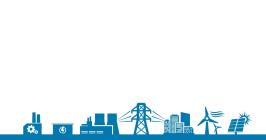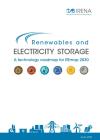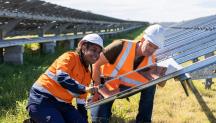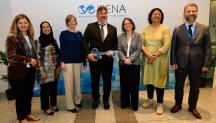

Renewables and Electricity Storage
Newsletter
With solar and wind installation breaking new records each year, countries with ambitious plans for these renewable power-generation technologies must consider the best ways to integrate variable renewables onto the grid. Electricity storage is a key option available to manage variability and ensure reliable, round-the-clock supply. Declining costs and improving capacities have made batteries and other storage technologies increasingly practical for upgrading existing power systems.
In the short term, battery storage can aid the transition from diesel-based generator sets to renewable options for isolated systems, such as on islands or in remote areas. For larger systems, pumped-storage hydropower remains a key technology supporting the integration of variable renewables. In the longer term, the coupling of storage technologies to rooftop solar photovoltaic (PV) panels or wind turbines could revolutionise electricity production, facilitating localised power supply and challenging utilities’ existing revenue and grid-management models.
Renewables and Electricity Storage, a technology roadmap prepared by the International Renewable Energy Agency (IRENA), indicates priorities and points out specific actions where governments, industry and other stakeholders to work together to advance storage systems as part of the infrastructure for a sustainable energy future, with renewable sources and technologies dominating the power sector.
The technology roadmap was released before an industry audience at Intersolar in Munich, Germany, on 9 June 2015. It came as the latest component of REmap 2030, IRENA’s global roadmap to double the share of renewables in the energy mix in time to avert catastrophic climate change.




